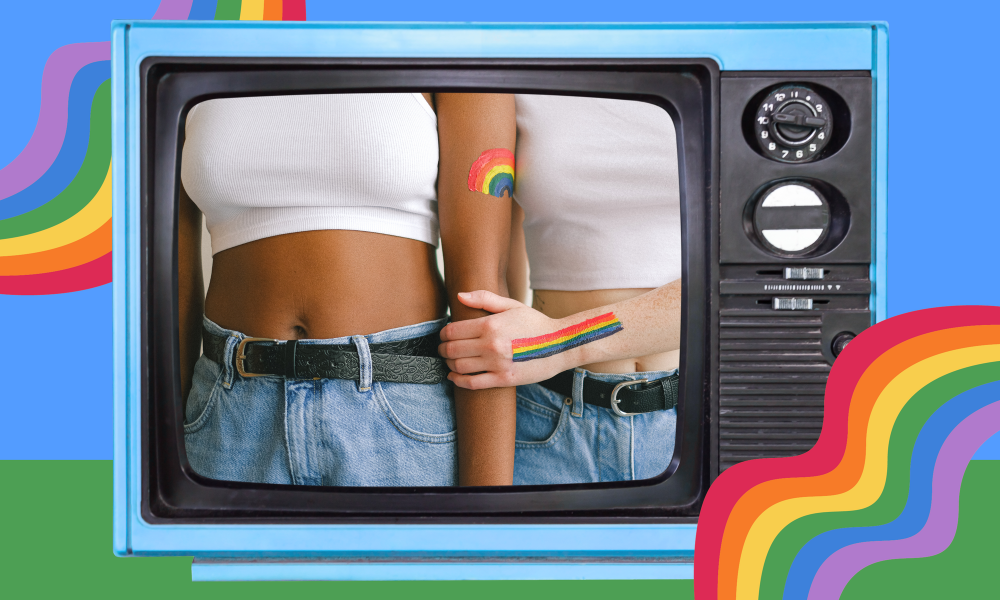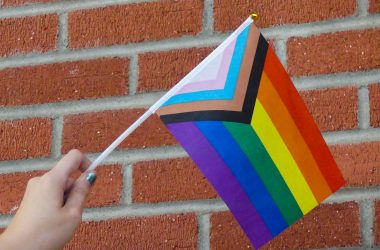Queerbaiting has gained popularity outside of teenager-centered social media discourse, now entering the mainstream.
While the term has been around since the early 2010s, its recent appearance has had many questions about the dynamics of relationships in both fictional media and reality.
Queerbaiting is used to describe a false relationship or feeling of queerness in a character or popular figure in order to attract and deceive an LGBTQ+ audience. It is used to describe the relationship between two presumed heterosexual characters with homoerotic undertones.
The term has recently been overused, causing it to lose its original meaning, calling every playful example of self-exploration as exploitative.
Unlike many other controversial queer terms though, queerbaiting has no validity within the community.
In their video essay on the subject, Sarah Z argues that “the term ‘queerbaiting’ does more harm than good at this point. “I’m more than willing to sacrifice the few cases where the term is useful to get rid of the way this term has become a cudgel against so many members of the community.”
Expressing gender or sexuality in a way that deviates from someone’s romantic history does not mean that they are exploiting queer culture. It also implies that people cannot explore themselves.
As with most aspects of life, self-exploration doesn’t mean getting who you are as a person right the first time. You wouldn’t want the identity you set for yourself at 14 to define you for the rest of your life.
Queerbaiting insinuates that any expression that deviates from the social norm is automatically assumed as queer, which is not the case. Two men showing affection when they identify as heterosexual does not insinuate that they have harbored feelings for each other, it is simply a moment of affection.
Within the world of fictional media, there is an argument to be discussed in terms of LGBTQ+ representation. To this day, there isn’t much for LGBTQ+ people in the mainstream and what is displayed are often characters of stereotypes.
Many queer individuals grasp onto what little homoerotic subtext is available to analyze due to this, just to find out that the writers of the show confirmed the character to be straight.
Unfortunately, queerbaiting is no longer used just to critically analyze fictional media. It has leaked into the lives of public figures as well, sometimes causing risks to their career in the process.
One famous example of this could be when singer Billie Eilish was put under fire for queerbaiting in a music video. In an Instagram caption that she posted promoting the video, she stated, “I love girls,” which left many questioning Eilish’s sexuality.
In an interview with Elle magazine, the singer replied stating, “Or my sexuality! Like, oh yeah, that’s everyone else’s business, right? No. Where’s that energy with men?”
“There are definitely things more worrying than queerbaiting, such as the attempts to ban drag and the onslaught on trans rights, but it still is problematic,” said Bubba Echols, a fifth-year studio art major at Long Beach State.
“Queerbaiting can also cause people to be invasive of people’s sexuality or gender identity, like what happened to Kit Connor this past year.”
The LGBTQ+ community has a right to be skeptical of seemingly straight, cisgender presenting individuals involving themselves within queer culture, but the over-policing of expression does more harm than good.




